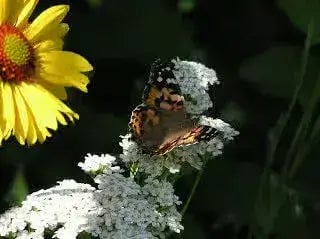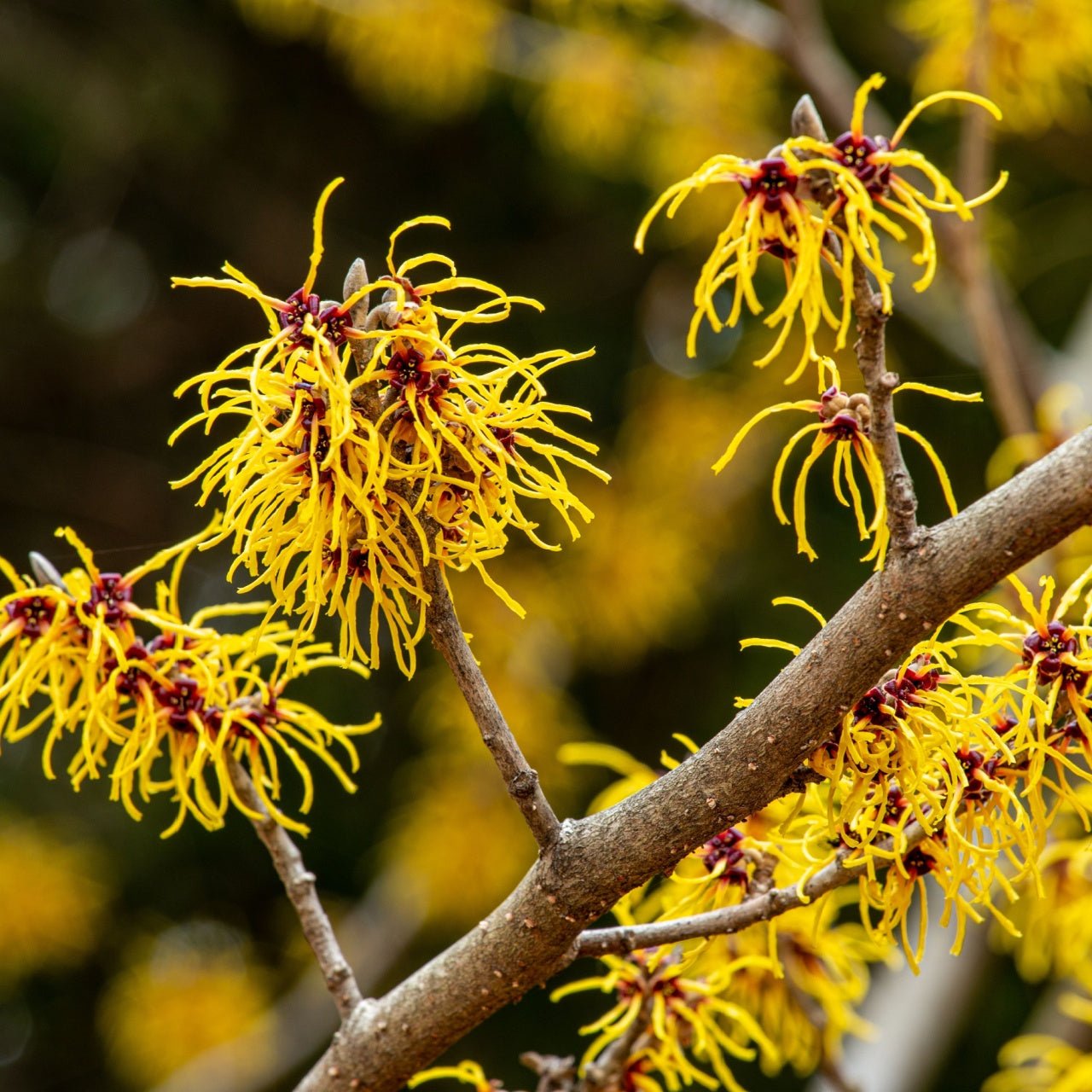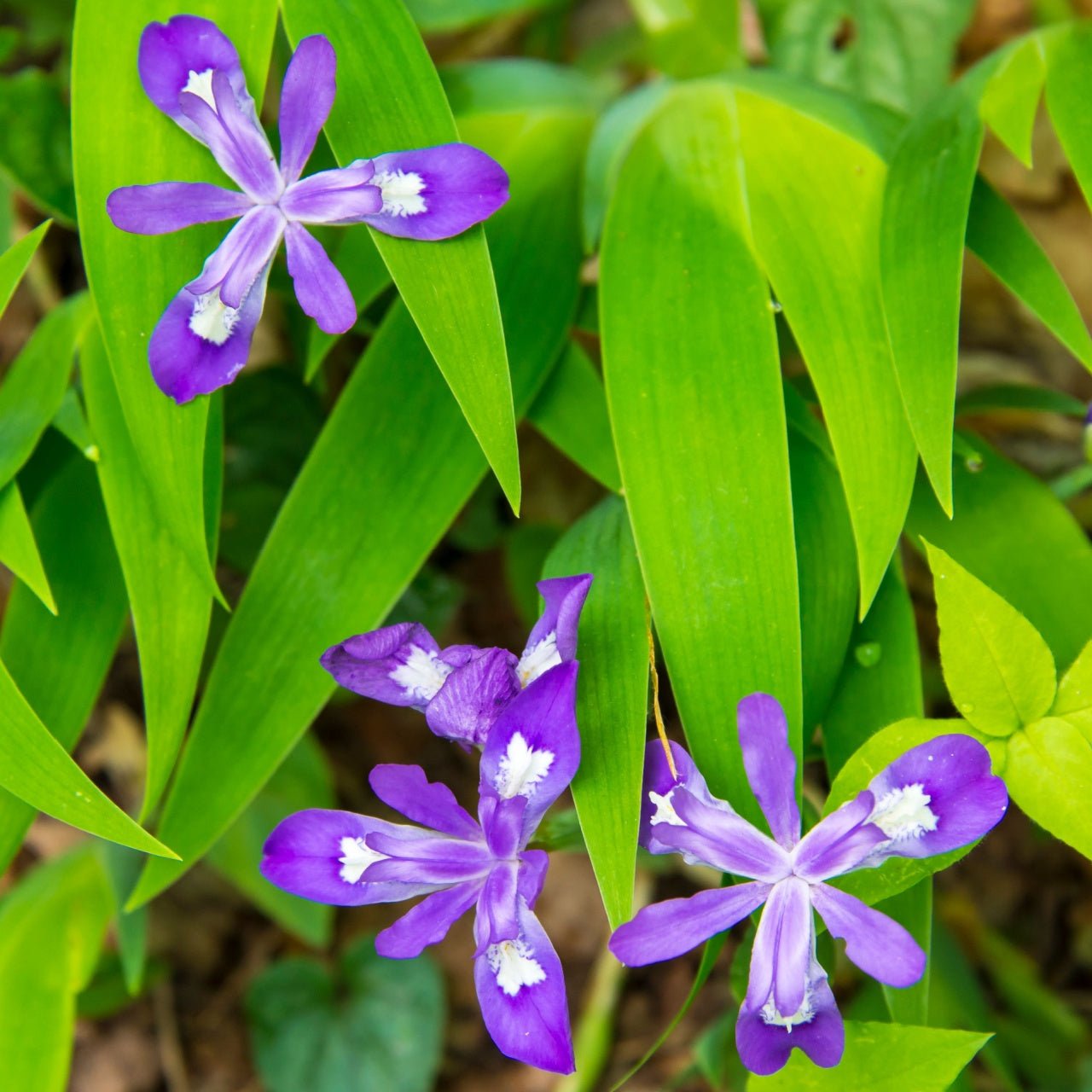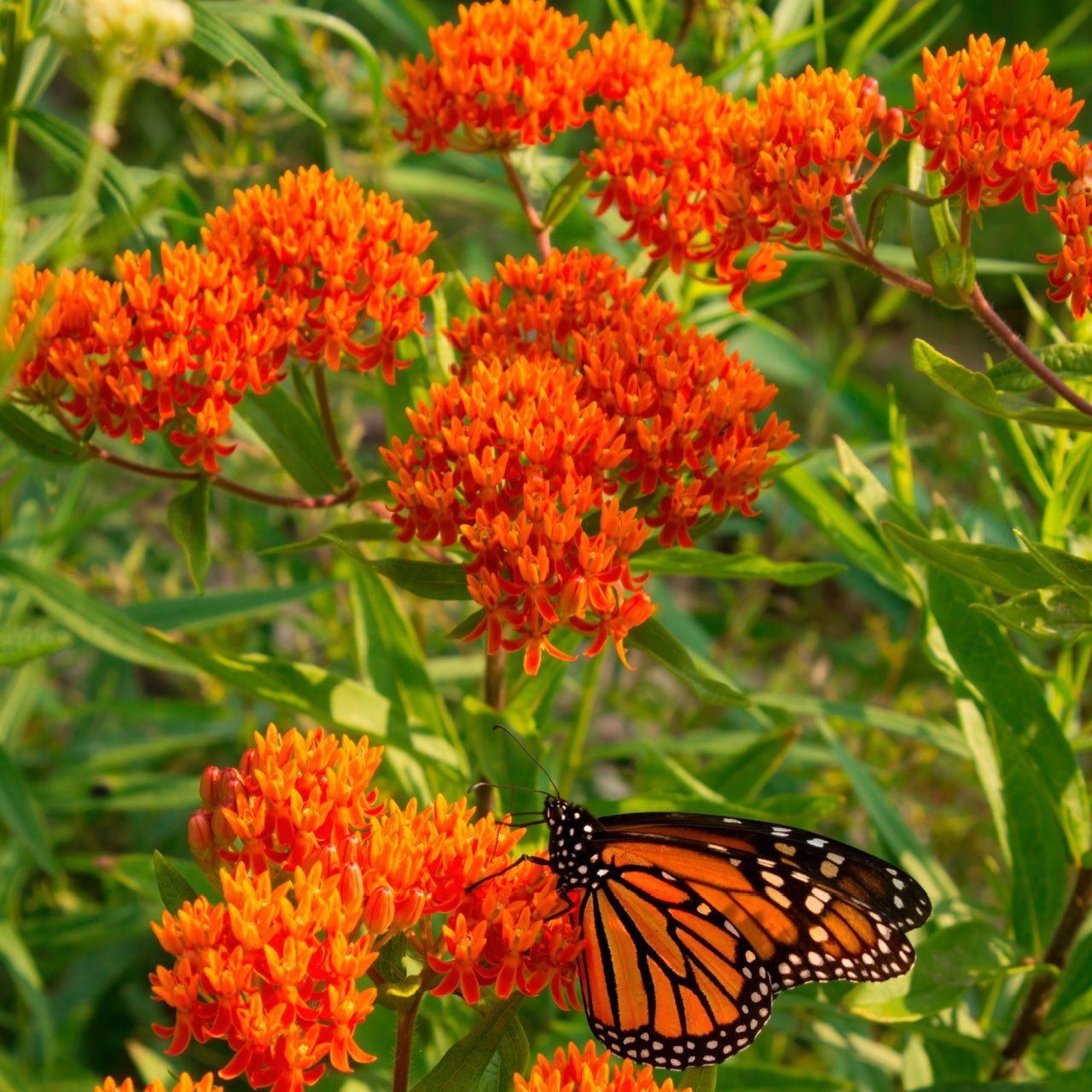Native plants are the naturally occurring species in a given area.
Because of increased urbanization, most native plants, trees, birds, and butterflies are on the verge of extinction. Deforestation has also damaged the natural habitats of native plants and trees.
Continuous efforts to control this problem and reforestation are being conducted on large scales to compensate for the loss. As an avid gardener, you can also do your bit by growing some native plants and wildflowers in your yard. By doing so, you will contribute to preserving native species and provide a natural habitat for many beautiful birds, butterflies, and bees.
Planting native varieties are relatively straightforward, and they thrive once they are established. Native species are known to be very adaptable, and they do well in local climatic conditions.
You can choose native varieties that are found in your area for your garden. These plants do not require much care and maintenance. Once they are established, they grow and spread vigorously.
These plants are also disease—and drought-tolerant to some extent, so you would not have to use harmful chemicals and pesticides in your garden. You will also end up saving a lot of water and energy as these plants require less watering and almost no fertilization if they are grown in native areas.
You can undoubtedly try growing native plants in your home garden with many benefits. You will not only promote biodiversity by growing these species, but you will also make your garden much more appealing. Most of these plants are very vibrant, bright, and colorful. You can grow them to attract local wildlife like scintillating butterflies, tiny birds, native bees, and other fascinating insects. By growing them, you will not only promote native plants but also provide food and cover to native wildlife.
Your garden will burst with life and lively colors if you grow native plants. You would also spend more time amongst these beautiful plants, birds, and butterflies in your garden. Keeping it local is a great way to promote native plants and wildlife in your region. As a gardening enthusiast, you can try growing a wide variety of local varieties in your garden, most of which are available in a reputed online nursery. You should purchase from a wholesale grower if you plan to landscape a large area or a massive garden, as you will get better prices.
Source to buy Native Plants
Read more
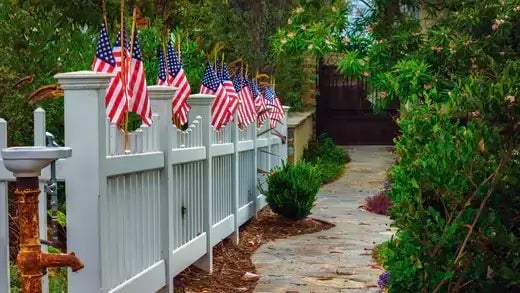
Garden flags can bring joy to you and your family. You can add that special touch to your lawn or home with that special flag that your family has created. You can order these flags with your famil...
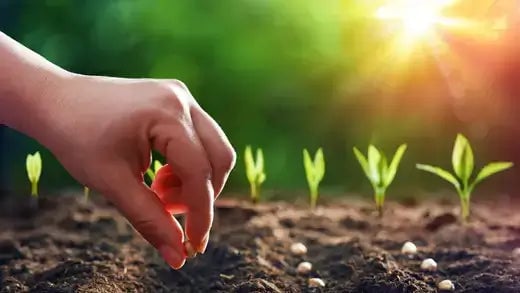
Budget-conscious gardening allows for beautiful and productive gardens without financial sacrifice. Any gardener who implements cost-saving practices will produce a flourishing garden space without...


